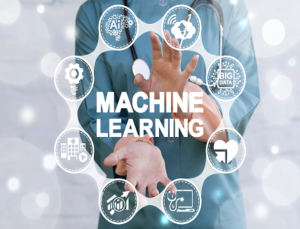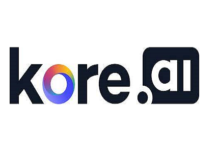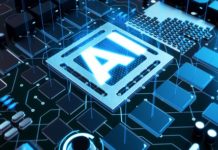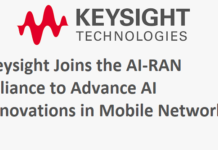
Artificial Intelligence (AI) has always seemed like it’s something from science fiction. In a way, AI is something from science fiction. When you hear of AI, you think about omniscient supercomputers who can do almost anything or an AI who can send killer robots to the past. Movies and literature made you expect Artificial Intelligence to be something unreal.
But AI is real. In fact, many industries today use artificial intelligence. The AI of today probably isn’t what you expect because it hasn’t yet lived up to its hype. Nevertheless, they are incredibly useful. Thanks to its subsets, machine learning and deep learning, AI has made significant strides over the years. It improved search engines, helped map previously undiscovered galaxies, made self-driving cars possible, and other things. But what is machine learning? What is its role in artificial intelligence?
Machine Learning Overview

Machine learning (ML) is a subset of artificial intelligence, an application that gives systems the capability not only to improve but to learn from experience as well. Unlike previous iterations of AI, the modern version doesn’t need to be programmed explicitly to learn. Thanks to machine learning, AI just needs access to data to learn. If there’s one thing that the world has plenty of, it’s data—petabytes and zettabytes of it.
As a field of study, machine learning has been around since the 50s, ever since Alan Turing published “Computing Machinery and Intelligence,” where he asked the question of whether machines can, eventually, think. The development of artificial intelligence and machine learning started slowly, however, mainly because of hardware limitations.
Computers then weren’t powerful enough; besides, they couldn’t store data. As computers became more powerful, programmers were able to create algorithms that helped push AI to be used today in real-life applications. Today, there are even companies that could provide machine learning consulting services for businesses that seek to use it.
Real-Life Applications of Machine Learning
The version of AI that the world has today is called Artificial Narrow Intelligence or simply ‘weak AI,’ which means AI programmed for single tasks. Artificial General Intelligence (AGI, or ‘strong AI’), the AI with omniscient computers, is still years into the future.
However, as machine learning continues to propel AI, its real-life applications will continue to expand and evolve. Here are a few examples of machine learning’s best real-life applications:
- Image Recognition
Image recognition is one of the most popular real-life applications of ML. Advancements in algorithms enabled systems to ‘recognize’ objects and then classify them. This is how Facebook knows who to tag in the photos you upload.
The ability of the algorithm to recognize and distinguish people and objects, as well as to how to classify them, is made possible through processing billions of images that it comes across.
- Virtual Assistants
Siri and Alexa are just two examples of virtual assistants in use today. With these virtual assistants, you can use your voice to set an alarm, find the nearest coffee shop, check your appointments, and other tasks.
Machine learning is an integral part of these personal assistants, collecting and refining data based on your interactions. Virtual assistants are also integrated into various platforms and appliances, such as speakers and other apps.
- Speech Recognition
ML also makes it possible to translate speech into texts. There are applications that you can use that convert recorded or live voice into a text file or in applications like voice interface, voice searches, and others. You can also use it for data entry and to create documents.
Other than voice searches, speech recognition is also used in voice dialing and appliance control. Speech recognition software is used in devices such as Amazon’s Alexa and Google Home, too.
- Medical Diagnosis
Machine learning has also improved medical diagnosis. Healthcare professionals use chatbots using speech recognition to find patterns in symptoms. This medical diagnosis capability is used to assist in crafting diagnoses, or in recommending treatment options.
Machine learning also helps in interpreting X-rays, MRIs, and CAT scans. ML is also used in analyzing microscopic cellular structures, which is very helpful in recognizing certain types of cancer.
- Predicting Consumer Demand
ML can predict the outcome and possible scenarios for unexpected crises, like pandemics or hurricanes. Businesses would know what and how much to stock up, which can help avoid panic buying and shortages. Because of its ability to predict trends, it can also be used in determining the most competitive prices for certain goods and services.
ML can do this through the process called modeling, which is a mathematical portrayal of a real-world scenario, composed of algorithms. Once a model is trained (by ‘feeding’ it data), it can provide insights and predictions based on the processed data. Modeling by machine learning is a very useful tool and can be used in a wide variety of applications.
Conclusion
Machine learning is one of the most hyped topics since its inception. Although ML is still many, many years from reaching its full potential, it has proved to be very useful even in its present state. Its real-life uses listed here barely scratch the surface of its full potential. Machine learning would play a big part in humanity’s future.


















